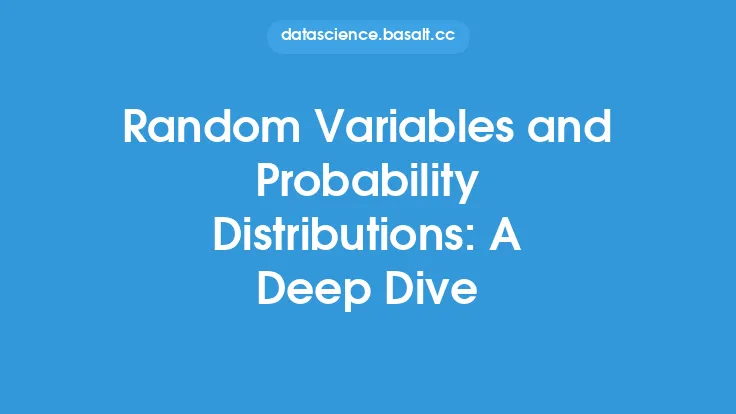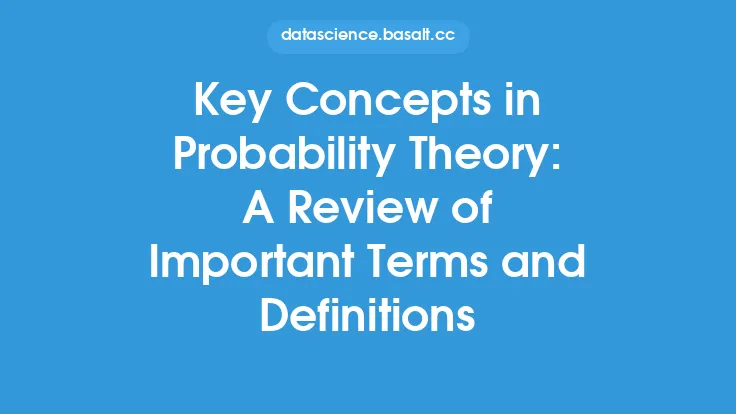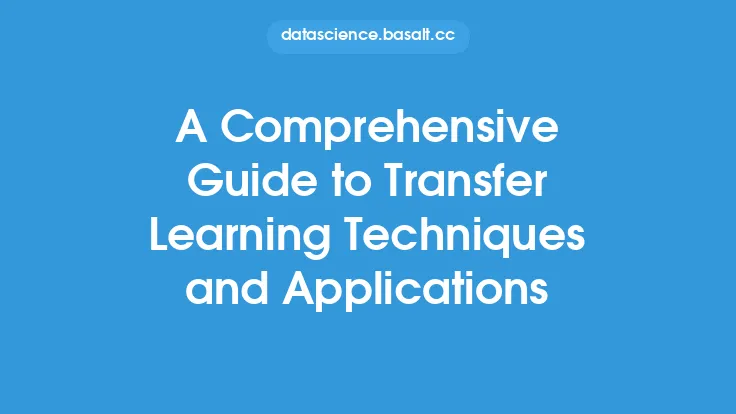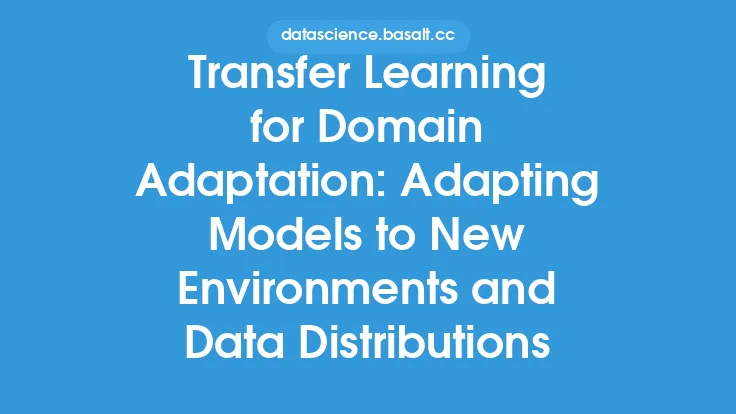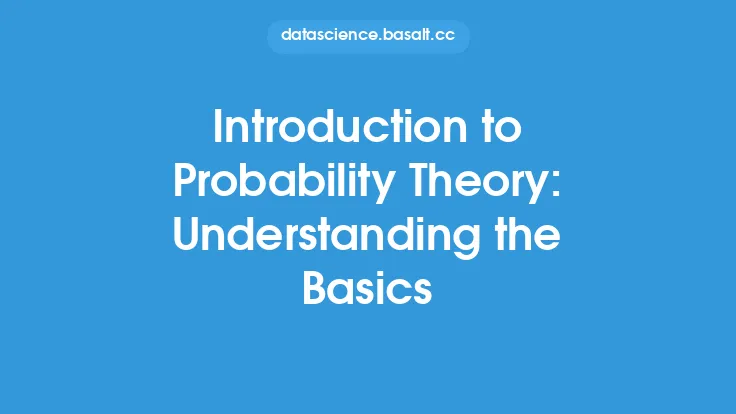The concept of transfer learning is rooted in the idea that a model trained on one task can be used as a starting point for another related task, leveraging the knowledge and features learned from the first task to improve performance on the second. This approach has become a cornerstone of machine learning, allowing practitioners to tap into the power of pre-trained models and adapt them to new, unseen tasks. At its core, transfer learning is about exploiting the similarities between tasks to reduce the need for large amounts of labeled training data and to improve model generalization.
Introduction to Transfer Learning Concepts
Transfer learning is based on the idea that different tasks often share common underlying patterns and features. For instance, a model trained to recognize objects in images may learn features such as edges, textures, and shapes that are also useful for recognizing objects in a different dataset or even for a completely different task like image segmentation. By using a pre-trained model as a starting point, a new model can be fine-tuned to recognize these shared features and adapt to the new task more quickly and with less data than training from scratch.
Mechanisms of Transfer Learning
The mechanisms behind transfer learning involve several key components:
- Feature Extraction: The pre-trained model acts as a feature extractor, learning to identify relevant features from the input data that are useful for the initial task. These features can be low-level (e.g., edges, lines) or high-level (e.g., objects, patterns) and are learned through the model's convolutional and fully connected layers.
- Weight Initialization: The weights of the pre-trained model are used to initialize the weights of the new model. This initialization provides a better starting point for the optimization process than random initialization, as the weights have already been tuned to recognize useful features.
- Fine-Tuning: The new model is then fine-tuned on the target task's dataset. This involves adjusting the pre-trained weights to fit the new task, which can be done by adding new layers on top of the pre-trained model, freezing some of the pre-trained layers, or fine-tuning the entire model with a lower learning rate.
Types of Transfer Learning
There are several types of transfer learning, each applicable to different scenarios:
- Inductive Transfer Learning: This is the most common form, where a model trained on one task is used for a related task. The tasks may not be identical but share a common domain or feature space.
- Unsupervised Transfer Learning: In this scenario, the source task is unsupervised (e.g., clustering, dimensionality reduction), and the target task is supervised (e.g., classification, regression).
- Self-Supervised Transfer Learning: The model is trained on a self-supervised task (e.g., predicting image rotations, solving jigsaw puzzles) and then fine-tuned on a downstream task.
- Multi-Task Transfer Learning: The model is trained simultaneously on multiple tasks, learning shared features that are useful across tasks.
Technical Aspects of Transfer Learning
From a technical standpoint, implementing transfer learning involves several considerations:
- Model Architecture: The choice of model architecture is crucial. Convolutional Neural Networks (CNNs) are commonly used for image-related tasks, while Recurrent Neural Networks (RNNs) and Transformers are used for sequential data like text or time series.
- Layer Freezing: Deciding which layers to freeze and which to fine-tune can significantly impact performance. Typically, early layers (which learn general features) are frozen, while later layers (which learn task-specific features) are fine-tuned.
- Learning Rate: The learning rate during fine-tuning should be lower than during the initial training to prevent overwriting the pre-learned features.
- Regularization Techniques: Regularization techniques like dropout and weight decay can help prevent overfitting during fine-tuning.
Challenges and Limitations
Despite its power, transfer learning is not without challenges:
- Domain Shift: When the source and target tasks have different data distributions, the pre-trained model may not generalize well. Techniques like domain adaptation can help mitigate this issue.
- Overfitting: Fine-tuning a pre-trained model can lead to overfitting, especially when the target task has limited data. Regularization and early stopping can help.
- Catastrophic Forgetting: The model may forget the knowledge it learned from the source task during fine-tuning. This can be addressed by using techniques like elastic weight consolidation or learning without forgetting.
Future Directions
The field of transfer learning is continuously evolving, with new techniques and applications being explored:
- Meta-Learning: Learning to learn from a few examples, which can be seen as a form of transfer learning where the model learns to adapt to new tasks quickly.
- Few-Shot Learning: A specific case of meta-learning where the model must learn from only a few examples of the new task.
- Explainability and Transparency: Understanding how transfer learning works and why certain models transfer better than others is an active area of research, crucial for building trust in AI systems.
In conclusion, transfer learning is a powerful tool in the machine learning arsenal, enabling the efficient adaptation of pre-trained models to new tasks. By understanding the concepts, mechanisms, and technical aspects of transfer learning, practitioners can leverage this approach to improve model performance, reduce training time, and tackle complex tasks with limited data. As machine learning continues to advance, the role of transfer learning will only continue to grow, opening up new possibilities for AI applications across various domains.
